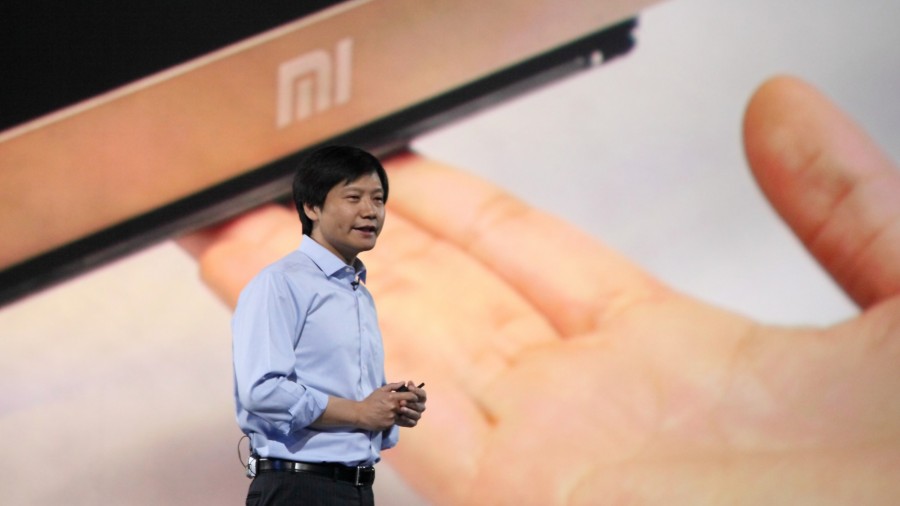After being delayed for months, Xiaomi has today finally announced the launch date for Mi 5 — the fifth instalment to the flagship smartphone series, slated for a Chinese New Year (February) release. The announcement was made by the company’s cofounder, Liwan Jiang, who also confirmed that the phone will run on Qualcomm Snapdragon 820 processor.
The Qualcomm Snapdragon 820 processor is touted to be faster than its predecessor, the SD 810. The processor, which though powers a slew of other devices, has however experienced overheating issues. The problem still persists and can only be resolved by Qualcomm in the next series of processor.
Xiaomi Mi5 is expected to out do all the other smartphones in the series. It packs an impressive list of features and comes with 5.2-inch full HD screen. It has Adreno 530 graphics processing unit (GPU) and 4GB of RAM, making the phone a performance behemoth.
The phone comes with two variants – 16GB and 32GB. On the front it has an 8-megapixel camera, while on the rear a 16-megapixel to power its HD videos and pictures. Mi5 also boasts of a fingerprint scanner and a USB Type-C connector. Xiaomi has equipped the smartphone with a powerful 3,500mAh battery. The phone is expected be priced at around $400.
Xiaomi had left users and critics wanting for more during its last major launch event. Though it introduced the Red Mi Note 3 and Mi Pad 2, the much anticipated launch of Mi5 was reportedly delayed. The cause of the delay was later confirmed to be due to Qualcomm.
With Mi5, Xiaomi might further cement its stand as a major smartphone marker in China. In the past, the Chinese home-grown company has been known to have given the likes of Apple and Samsung a run for their money, at least on its home turf.
However, a launch close to the Chinese holiday season points towards Xiaomi’s slowing sales. The company’s sales had fallen during the month of December, owing to tough competition from other smartphone makers from the domestic circuit. Xiaomi had expected to close 2015 by selling at least 80 million units, but as the figures reveal, it might have fallen well short of its target.
The Tech Portal is published by Blue Box Media Private Limited. Our investors have no influence over our reporting. Read our full Ownership and Funding Disclosure →







